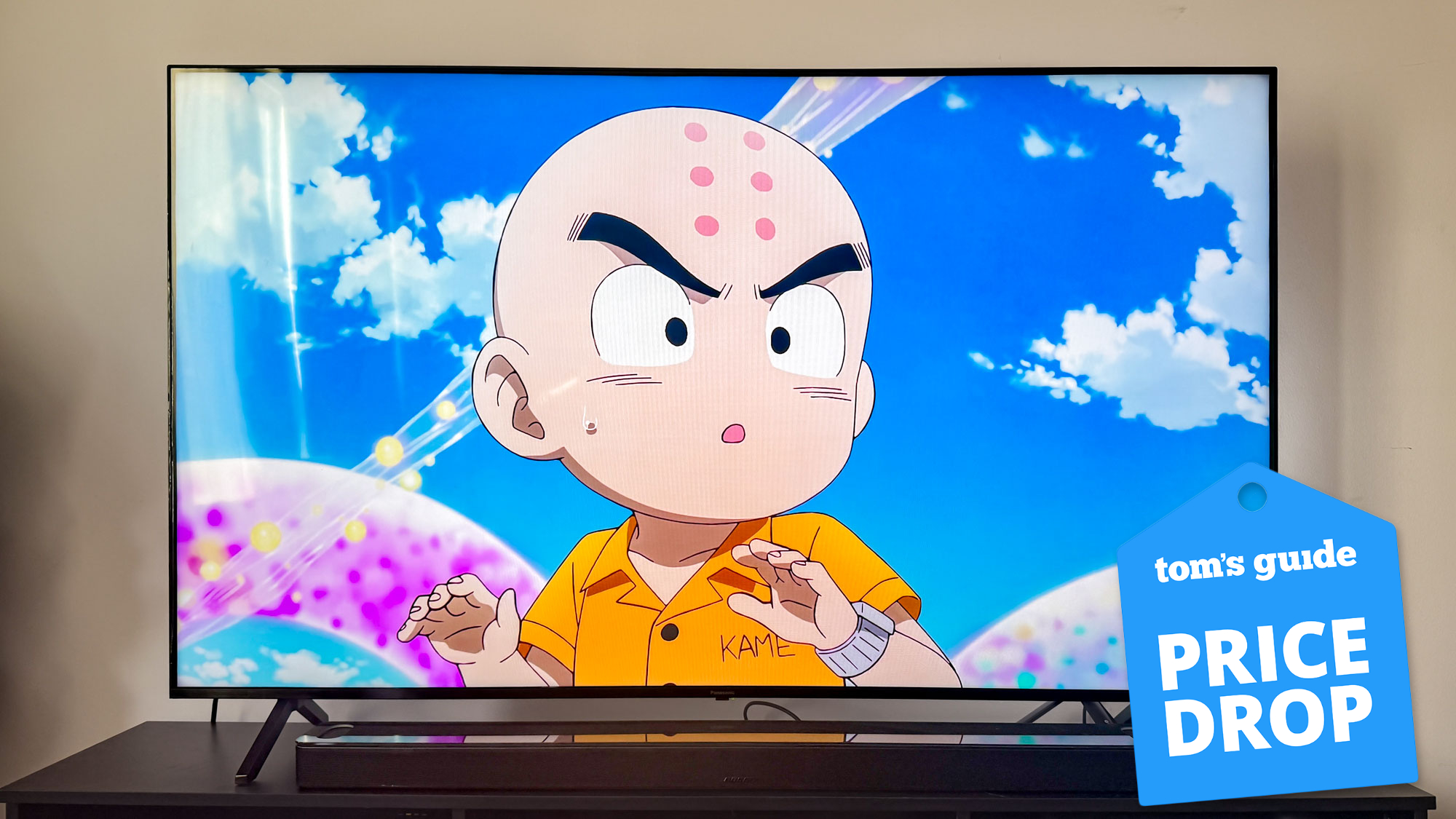
I took my workout recovery up a notch by adding magnesium to my bedtime routine every day. Could magnesium improve muscle soreness? My mission was to find out.
While magnesium is readily available in many food sources, including lean meat and leafy greens, almost half of Americans have low magnesium levels. I like to think I (mostly) choose a varied and nutrient-rich diet — just don’t whip a Pop-Tart out in front of me — and although supplements can be recommended for some populations, I wanted to try something else.
Topical magnesium products like Epsom salt, magnesium oils, and gels are hugely popular, and many people turn to them, duly massaging magnesium-infused lotions into tired muscles after tough workouts or to ease restless leg syndrome. The selling point has always been that massaging magnesium into the skin allows the muscles to “soak up” the product, but the research tilts both ways.
I decided to give it a go, increasing my topical magnesium intake across 11 days to see if magnesium improved my muscle recovery. Here’s what I’ve noticed so far.
If you're looking for more tips on workout recovery, find the best massage guns for muscle recovery and try this yoga bedtime routine.
What is topical magnesium?
Magnesium is an essential mineral that helps to regulate biochemical processes in your body, like energy production and muscle and nerve function; this means it’s especially crucial to support magnesium intake if you exercise regularly.
In the same way that people apply roll-on deodorant or topical remedies, topical or “transdermal magnesium” is absorbed into the skin — your body’s biggest organ — and taken up by your body’s cells. But the mechanics of skin absorption opens up a conversation on how effective it is.
Existing research on muscle soreness and magnesium has shown that magnesium could relax muscles, reduce pain, and improve muscle performance. But Cleveland Clinic says there’s not enough robust research into how effective the absorption method is. There are small studies, like this one by PLOS, showing topical cream application could improve magnesium markers, but overall, evidence is lacking.
According to Nutrients, the “absorptive capacity of healthy skin” is limited for topical drugs, and to “get through the skin, a substance must penetrate the epidermis or be absorbed by sweat glands or hair follicles.” Magnesium could only be absorbed in small areas and amounts. Pushing research aside just for now, I recently competed at the Hyrox European Championships, so my body craved some TLC. I decided to put my magnesium where my mouth is (kind of) and add a magnesium massage bar and Epsom salt bath to my nighttime routine.
Get instant access to breaking news, the hottest reviews, great deals and helpful tips.
I added magnesium to my post-workout recovery routine for 11 days — here's what happened to my muscles
Here’s what I noticed about topical magnesium.
1. Muscles felt soothed, but DOMS stayed put
At a reformer Pilates session, I met the Lush cosmetics team, who launched a magnesium range aimed at improving muscle recovery, sleep, and muscle-related pain. I spoke to Nikki Camm, a sports massage therapist, and developer on the range, to find out how their topical magnesium works.
“The magnesium massage bar contains 122mg of magnesium per 5g of the product, alongside muscle and mind-stimulating ingredients that could aid magnesium absorption,” Camm says. “We recommend bathing with an Epsom salt cube post-workout, then applying a magnesium bar directly to muscles. Massage with light pressure to support muscle recovery and sleep.”
The two most common forms in cosmetics are magnesium chloride (used to make magnesium oil) and magnesium sulfate (Epsom salts). I added an Epsom salt bath and magnesium massage bar to my nighttime routine. I’m aware that 11 days is a short testing window, but I wanted to note any immediate effects I felt on sleepiness and muscle soreness.
Both techniques helped my muscles to relax, and my DOMS felt relieved from soaking in Epsom salts, but I didn’t notice any longer-term relief outside of on-the-spot therapy — and it felt deliciously relaxing.
Combining the benefits of magnesium with a hot bath, massage, and renowned ingredients like peppermint oils, spearmint, and eucalyptus act as a potent powerhouse for muscle relaxation and recovery. By performing regularly, my muscles felt less stiff, and I noticed a small but instant change in range of motion, but more so as temporary relief, which isn’t surprising with massage and heat therapy.
2. I felt more relaxed
One expert recently explained to me that magnesium could help you sleep. The transdermal application that combines magnesium, massage, and bathing also culminates in a deeply relaxing experience to improve sleep quality. Performed post-exercise and before bed, I felt far more relaxed winding down at night. A rejuvenating muscle soak while reading a book helped more than frantically scrolling my phone, obviously.
Whether it was the magnesium or the change to a healthier bedtime routine, my Oura sleep score didn’t drop below 80% across 11 days.
According to the Lush team, “magnesium is thought to activate the neurotransmitters in our brain responsible for calming the mind and body, making it a great mineral to load up on before bedtime. 81% of product testers found their NHS sleep score improved after four weeks of use.” Nice job.

3. It’s a form of self-care
Magnesium-packed muscle soaks and balms are (first and foremost) a form of self-care, and self-massage is a brilliant way to connect with the body and relax your mind and muscles. Research has shown regular massage could benefit performance, muscle recovery, and injury prevention.
Camm adds, “keeping your bones, muscles, and ligaments strong keeps your bodies resilient. We all know good posture and flexibility are super important. Massage is an effective way of maintaining strength and movement, and magnesium helps to aid this process.”
I felt deeply relaxed and snooze-ready after using a magnesium massage bar. Partly because I was kneading my muscles with magnesium and lavender (known to improve sleep), but I’d also taken the time to do something for myself. Besides, who doesn’t enjoy soaking in a hot bath with a good book?
If you haven't used magnesium products before, always seek the advice of a qualified medical professional first.
Can you increase skin absorption of topical magnesium?
If you plan to add magnesium to your daily routine, here are some tips for improving magnesium absorption:
- Increase application area, frequency of application, and time left on the skin to absorb
- Apply to delicate, thinner areas of skin
- Apply to hydrated skin
- Perform after a hot shower or bath
- To stimulate and invigorate muscles, use firm fast strokes, and for cool-down routines, warm the lotion and use soothing motions on affected muscle groups.
Next: I tried using a massage gun for a week, here's what happened.

Sam Hopes is a level 3 qualified trainer, a level 2 Reiki practitioner and fitness editor at Tom's Guide. She is also currently undertaking her Yoga For Athletes training course.
Sam has written for various fitness brands and websites over the years and has experience across brands at Future, such as Live Science, Fit&Well, Coach, and T3.
Having coached at fitness studios like F45 and Virgin Active and personal trained, Sam now primarily teaches outdoor bootcamps, bodyweight, calisthenics and kettlebells.
She also coaches mobility and flexibility classes several times a week and believes that true strength comes from a holistic approach to training your body.
Sam has completed two mixed doubles Hyrox competitions in London and the Netherlands and finished her first doubles attempt in 1:11.
